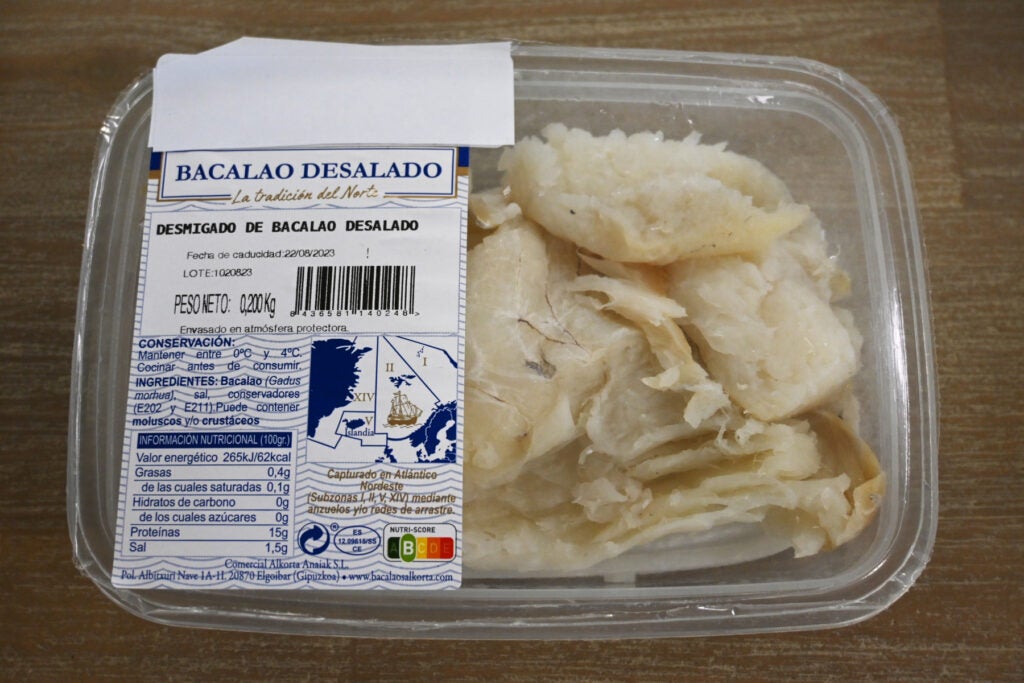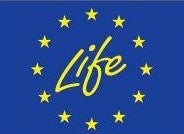March 31, 2025
Geographical Mislabelling of cod: A Threat to Transparency
New research has uncovered a significant issue in the seafood industry: geographical mislabelling in cod. The study, led by Marine Cusa, former research assistant at Liverpool John Moores University, and currently Marine Policy Advisor at Oceana in Europe and researcher at The Technical University of Denmark, analysed over 108 Atlantic cod products and found that despite strong frameworks in tracing and labelling seafood in Europe, enforcement is inconsistent. Nearly a third of the 31 samples analysed using genetic testing had incorrect geographic origins in written or verbal communication. Among the packages collected from supermarkets, approximately 34% displayed imprecise labelling regarding their geographical catch locations, going against current EU regulations on seafood labels.

The impact of mislabelling on sustainability and consumer trust
Accurate labelling of seafood is essential for sustainable fisheries management and maintaining consumer confidence. While the rate of mislabelling has decreased for some fish species, it remains high for others, and the misrepresentation of geographical catch locations could be a widespread issue. This discrepancy presents a challenge for efforts to ensure responsible sourcing, as the true origins of seafood play a crucial role in sustainability, legal compliance, and ethical fishing practices.
Understanding the causes of seafood mislabelling
The mislabelling of seafood can stem from various factors. Some cases may be the result of genuine errors occurring within a complex supply chain. However, in other instances, it may be a deliberate act motivated by economic gain. Field operatives have suggested that some cases of misrepresentation were intentional, raising concerns about fraudulent behaviour within the industry.
For example, cod sold in European retailers are sometimes inaccurately labelled, with its true fishing location being far from the one indicated on the packaging. This practice misleads consumers into buying fish they believe were caught locally, and hampers efforts to ensure seafood traceability.
The need for greater transparency and improved traceability in fisheries
Seafood mislabelling remains a prevalent issue that demands urgent attention. Despite improvements in species identification, the industry still lacks comprehensive analysis and verification of seafood’s point of origin.
Oceana is calling for increased transparency in fisheries to empower consumers with the ability to make informed choices and hold retailers accountable for accurate labelling. Traceability regulations in Europe are strong but are still largely paper-based and recent mislabelling studies highlight how this can lead to a loss of information. With the revised EU Fisheries Control Regulation, traceability of seafood products should soon be fully electronic, greatly enhancing the transfer of information and possibly eliminating instances of mislabelling such as those observed by Dr. Cusa and her colleagues. Strengthening traceability can prevent the trade of seafood sourced from regions associated with illegal, unreported, and unregulated (IUU) fishing or human rights abuses.
Given the poor state of certain fish stocks, even within European waters, it is crucial that authorities and retailers implement strong measures to improve traceability, verify seafood origin, and enforce stricter monitoring. By demanding better traceability and transparency, we can have responsible fisheries management and uphold consumer trust. Without decisive action, the ocean and consumers will continue being at risk.
Sources:

